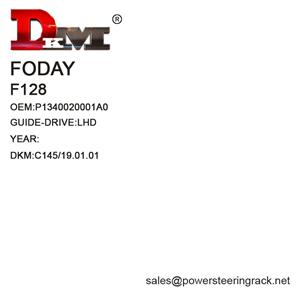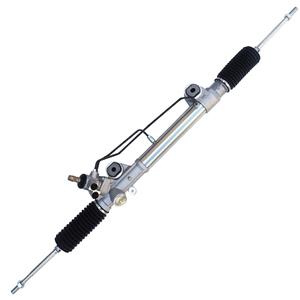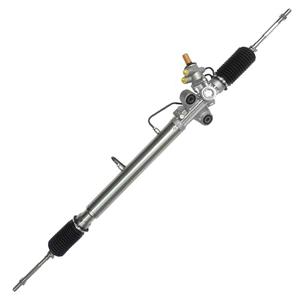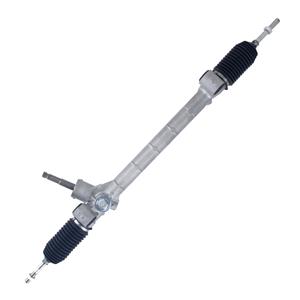-
Although rack and pinion steering systems are still widely used in passenger cars and small commercial vehicles, other types of steering systems, such as recirculating ball steering systems and Electric Power Steering (EPS) systems, have gradually taken over the market in some high-end models, heavy vehicles and off-road vehicles.
-
Hydraulic power steering systems require oil because hydraulic oil is the primary medium of energy transfer. In this system, the pressure generated by the hydraulic pump needs to be transmitted through hydraulic oil.
-
Reasons for noise in the hydraulic power steering system: 1. Insufficient hydraulic oil or oil mixed with air 2. Power steering pump failure 3. Steering rack failure 4. Poor quality or deterioration of hydraulic oil 5. Loose pipes or joints 6. Excessive pressure caused by the steering wheel hitting the bottom
-
Selected innovative model: Citroën 2CV The Citroën 2CV was the first car in the world to use a rack and pinion steering system extensively. The car debuted at the Paris Motor Show in 1948 and became a major highlight of the automobile market at the time.
-
From the late 1950s to the 1960s, more and more American automakers began to equip their models with power steering systems. During this period, power steering gradually evolved from an optional configuration for luxury models to a standard configuration for mid-to-high-end models.
-
Based on the above-mentioned steering systems, the most advanced steering system is undoubtedly the steering-by-wire system (Steer-by-Wire, SbW). The steer-by-wire system is a fully electronic steering system that does not rely on mechanical connections.
-
Most standard auto insurance policies do not cover the natural wear and tear or mechanical failure of the rack and pinion due to long-term use. This type of damage is usually considered the owner's responsibility and needs to be repaired at their own expense.
-
HPS racks are more common in large vehicles and some high-performance models that focus on driving experience. These types of vehicles have high requirements for the durability, reliability and steering feel of the steering system, and the HPS system has obvious advantages in this regard.




